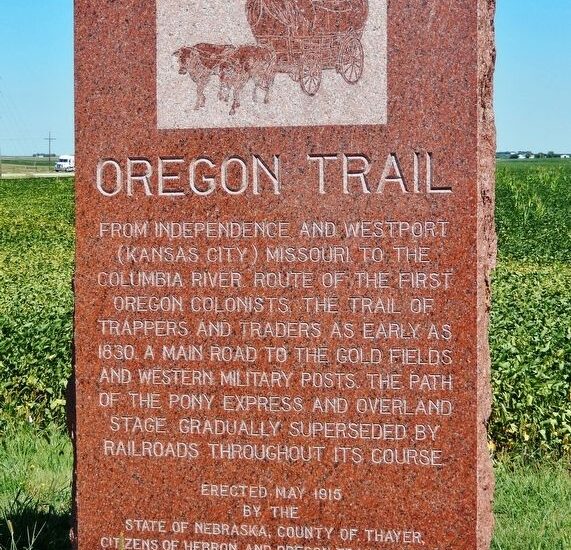Welcome to the Oregon Trail Historical Marker in Wyoming, a nodal point in the vast tapestry of American westward expansion. This location is a key reminder of the Oregon Trail, a 2,170-mile wagon route that connected the Missouri River to the fertile valleys of Oregon Territory. Established by fur traders and trappers between 1811 and 1840, the trail saw its first wagon train in 1836. By 1843, it became the primary path for 400,000 settlers, farmers, miners, and ranchers heading west, peaking during the 1840s through the 1860s.
One of the influential figures associated with this historic trail was Ezra Meeker. He first traversed the trail in 1852 and later, consumed by the fear that the Oregon Trail might be forgotten, he embarked on a mission in 1906 at the age of 75. Meeker traveled the trail again, placing markers and raising awareness about its significance. His efforts sparked a national movement, inspiring organizations like the Daughters of the American Revolution to commemorate this historic route.
Wyoming became a prominent area on the trail, home to the Sweetwater Valley’s distinctive granite landmarks: Independence Rock, Devil’s Gate, and Split Rock, which served as navigational guides for emigrants. Not far from here, Split Rock Station functioned as a Pony Express, stage, and telegraph station in the early 1860s, lining the path of pioneers on their arduous journey.
The Oregon Trail played a crucial role in the broader context of American history, serving as a conduit for the mass migration that shaped the Western United States. Through the efforts of individuals like Ezra Meeker and organizations dedicated to preservation, the trail’s legacy continues to be celebrated and remembered.




